15 Best Islands for Retirement in 2024
13 min readHas this happened to you? You’re vacationing on an island, and as you soak in the gorgeous beach views, you think, “I wish I could live here.” That dream is more possible than you may realize, and it’s a viable option for retirement provided that your finances are in order. We’ve compiled a list of the best islands for retirement, along with helpful information regarding visas, health care, cost of living, and more.
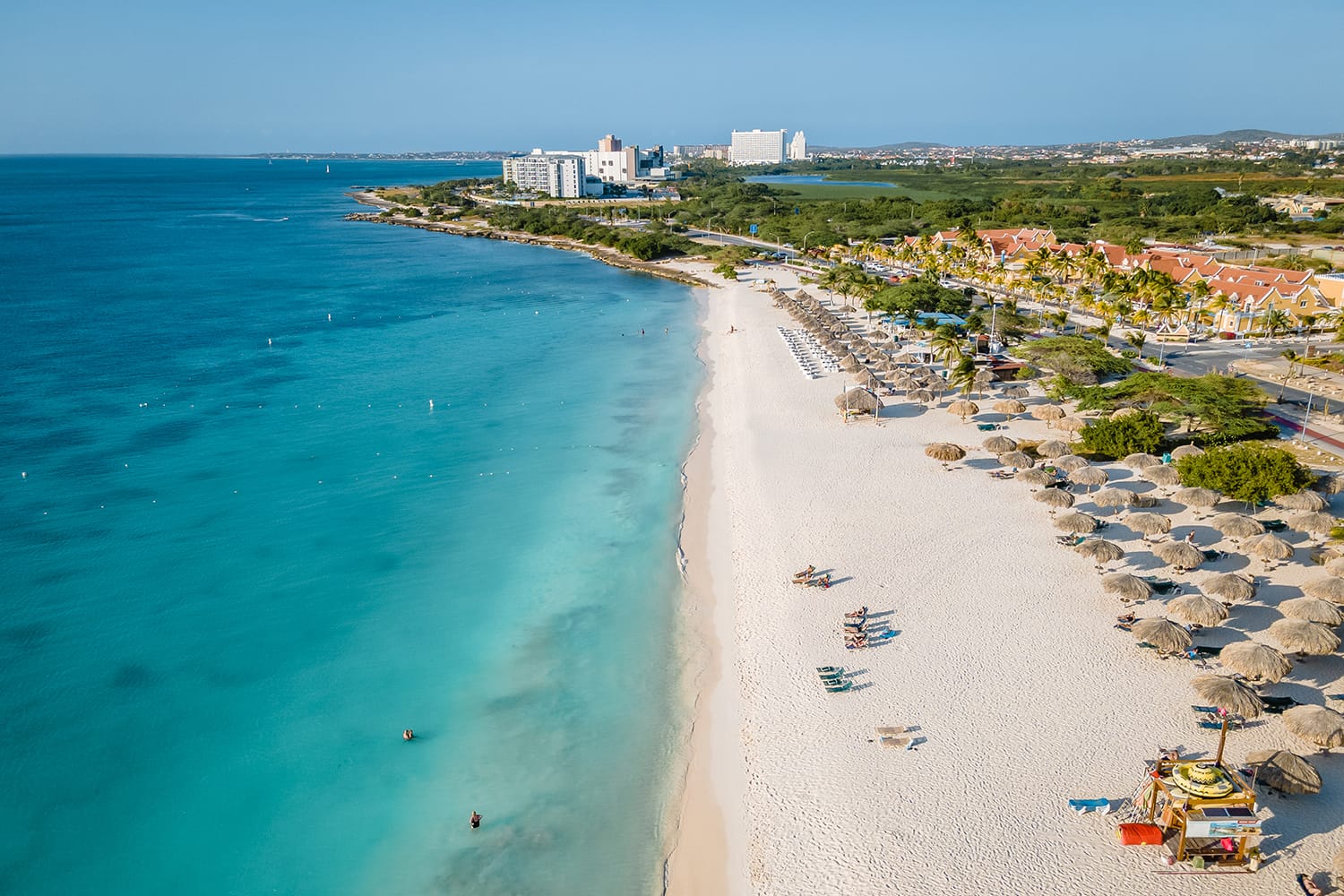
1. Aruba
White-sand beaches, turquoise waters, and year-round temperatures in the 80s? It sounds like paradise, and it could be your retirement destination. Located less than 20 miles north of the Venezuelan coast, Aruba is a self-governing part of the Kingdom of the Netherlands. The island lies outside of the hurricane belt and experiences only about 20 inches of rain annually; this guarantee of good weather makes Aruba one of the best places to retire in the Caribbean.
Retiring in Aruba requires a minimum annual income as well as the purchase of either property or lease rights on land owned by the island. Nonresidents can seek a special tourist visa that allows them to stay up to 180 days, which should be plenty of time to find the perfect retirement spot.
The cost of living may seem higher here than in some parts of the US, but inducements like low crime rates and good, accessible health care go a long way toward making up for a slightly pricier lifestyle.
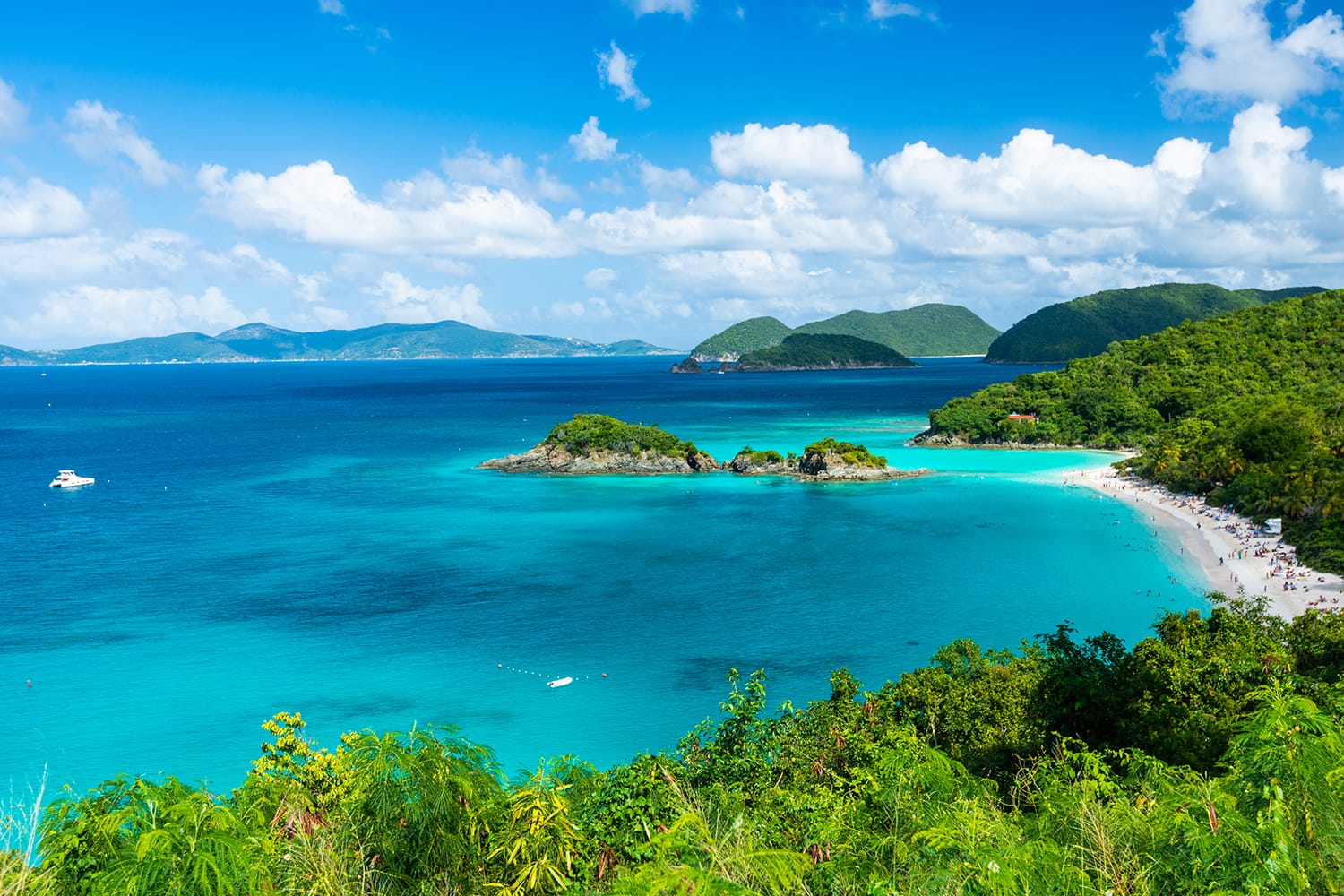
2. US Virgin Islands
The US Virgin Islands are undoubtedly the best Caribbean islands to retire to if you want all the perks of Caribbean life without the hassle of securing a visa. Since this territory belongs to the United States, US citizens need neither a visa nor a passport to visit or reside here. Another perk for US citizens here is access to Medicare.
There is, however, one decidedly un-American quirk to watch out for: left-side driving. This rule of the road is made odder by the fact that virtually all vehicles on the islands feature left-hand drive since they are imported from the United States.
Low crime rates, gorgeous beaches, historic sites, and protected wildlife areas beckon visitors and residents alike. Unsurprisingly, this popular vacation spot has a relatively high cost of living. Health care services are available, but residents should be prepared to travel to the mainland for some major procedures, especially since the US Virgin Islands are located in the hurricane belt, and facilities are not immune to occasional storm damage.
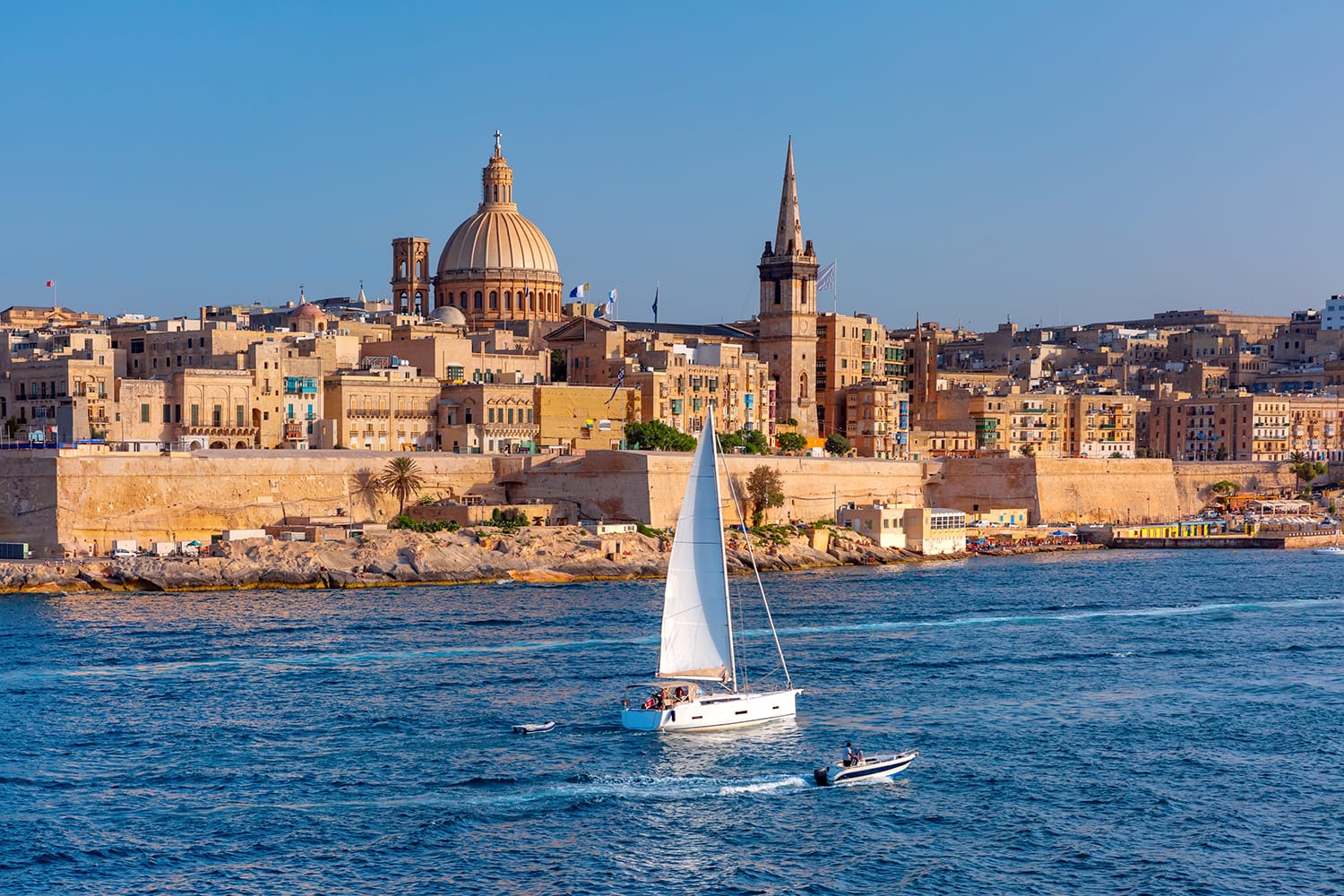
3. Malta
Malta may be a tiny archipelago in the central Mediterranean Sea, but history buffs can find endless inspiration here during their retirement. Malta’s location between Sicily and the North African coast made it strategic for a succession of empires that sought control of the Mediterranean, and as a result, its islands have been ruled by a variety of powers, including the Romans, Arabs, French, and British. The country’s many architecturally important sites are a record of its turbulent history.
Malta gained its independence in 1964, but it has retained English as an official language from its time under British rule. Soon-to-be-retirees who are interested in settling here should look into the Malta Global Residence Programme, which is designed to attract applicants who are not nationals of the European Union. Eligibility for individuals and families seeking this residence permit (which features a special tax rate) depends on economic self-sufficiency, health insurance, and minimum property value requirements. The permit must be renewed annually.
Excellent and affordable health care, low crime rates, and a temperate climate are among the many reasons why Malta is an attractive retirement destination. Inconvenient aspects include a high cost of living and somewhat lengthy travel times, since return travel to the US requires at least one plane change.
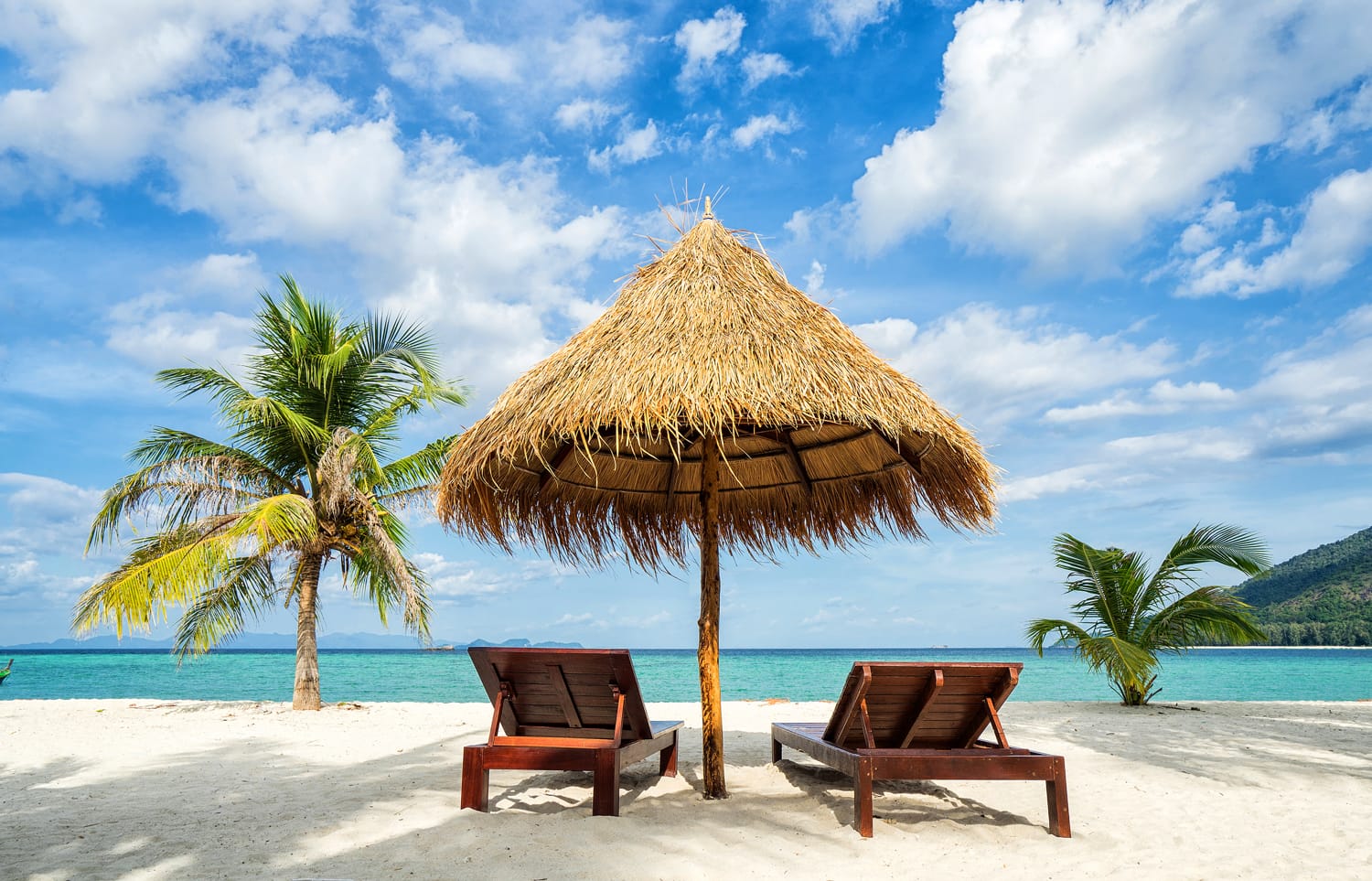
4. The Bahamas
Made up of more than 700 islands and islets off of Florida’s southeastern coast, the Bahamas offers endless opportunities for people who dream of beachside living.
There are two pathways to residency for those who wish to retire in the Bahamas. Foreigners may apply for permanent residency if they can prove financial independence as well as ownership of property in the Bahamas, with speedy consideration given to those who have purchased a residence valued at $750,000 or more. Those who plan on retaining a primary residence elsewhere can still apply for a home owner identification card—which must be renewed annually—if they acquire a secondary residence in the Bahamas.
Pricey utilities and imported goods contribute to a higher-than-average cost of living, but a substantial benefit of living here for some retirees is the nation’s approach to taxes. The Bahamas has no income tax, capital gains tax, inheritance tax, or wealth tax. Major health care facilities are in Nassau and Freeport, with clinics spread out among smaller cities, although some residents make the journey to Florida for certain procedures.
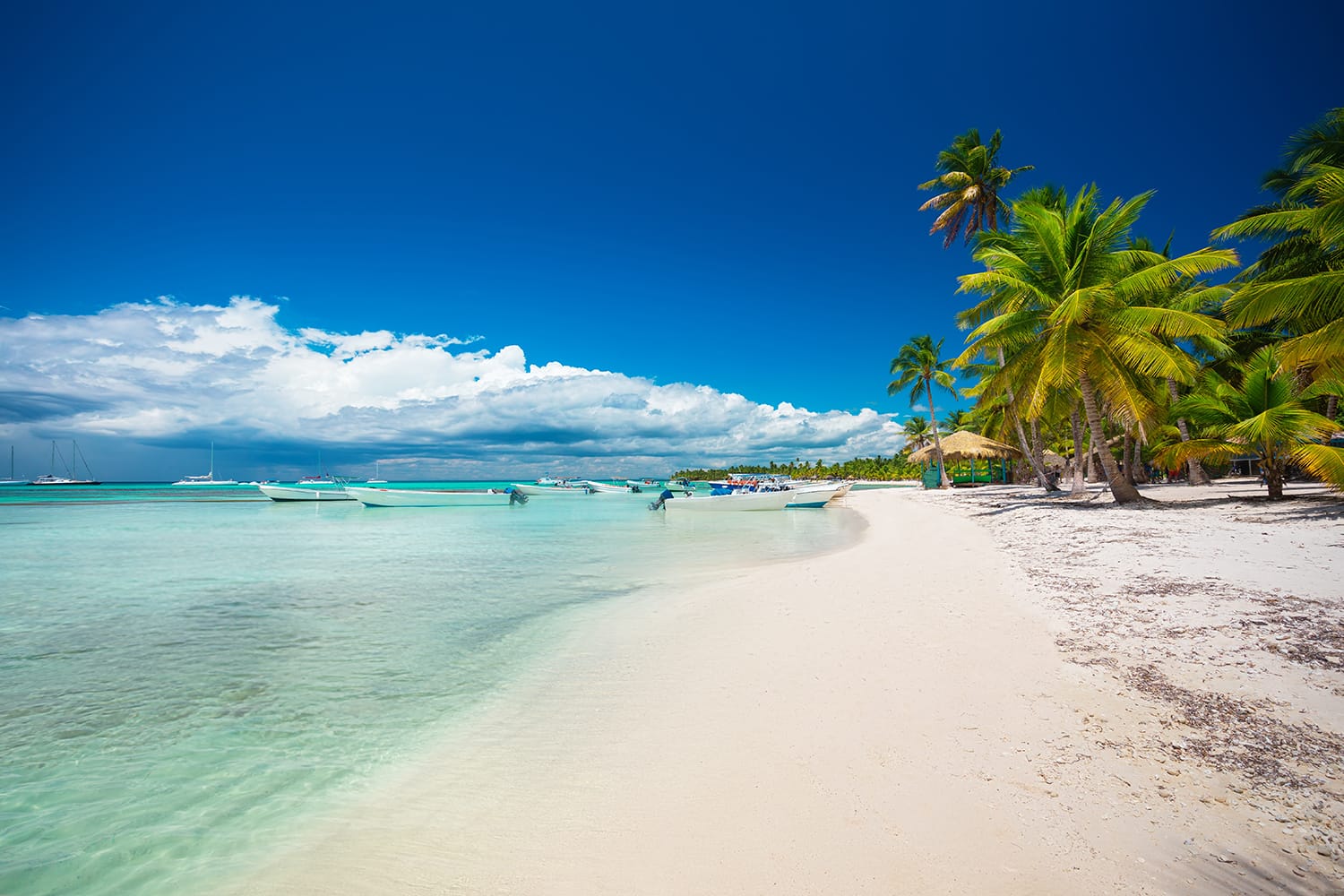
5. Dominican Republic
Comprising the eastern two-thirds of the Caribbean island of Hispaniola, the Dominican Republic is proof that living on an island doesn’t have to mean breaking the bank. Not only is the cost of living lower than it is in the US, but the financial requirements for a retirement visa are modest, too.
The Dominican Republic doesn’t have a tax treaty with the US, so some residents may experience double taxation on certain income, but Social Security and pension income are tax-exempt. One big-budget item to consider is health care, since most expatriates will find themselves needing to purchase private insurance.
While you might be able to get by speaking only English here, Spanish is the country’s official language, so it would be a good idea to pick up some Spanish skills.
Retirees should be mindful of high crime rates when choosing their neighborhood in the Dominican Republic. The safest bet is to select a locale that’s already popular with expats and retirees, such as the island’s northern coast. Las Terrenas, a resort town on the Samana Peninsula, is a great option to consider. Residents here enjoy inexpensive real estate, international cuisine, and easy access to the beach.
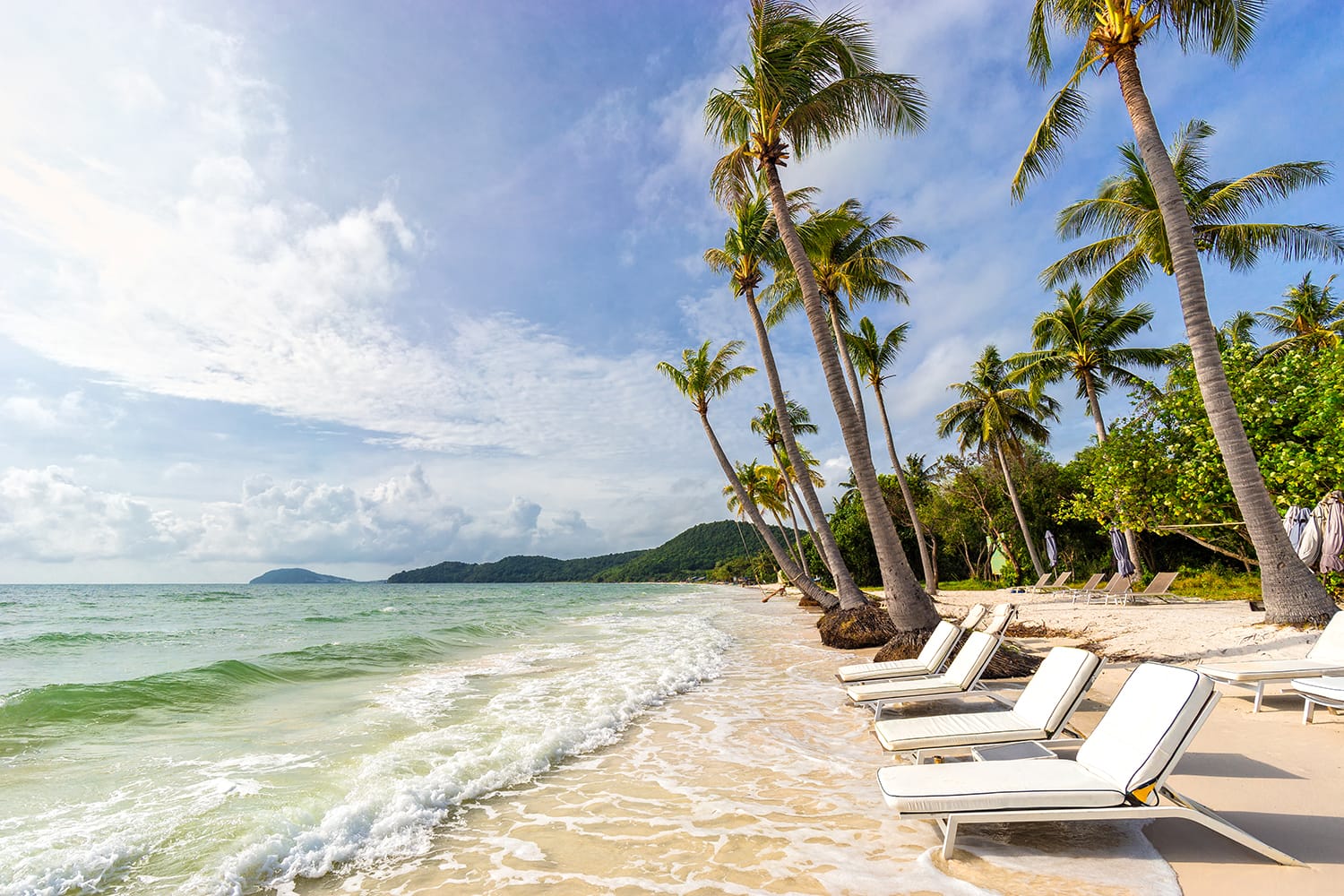
6. Phu Quoc, Vietnam
Sitting in the Gulf of Thailand, just off the western coast of Vietnam, the island of Phu Quoc is drawing a small but enthusiastic community of retirees. Vietnam does not offer a retirement visa, so the most popular way for foreigners to live in the country is to make “visa runs.” A visa can last up to a year before it must be renewed, but the visa holder can only stay in the country for three months at a time. So, at the end of three months, retirees leave Vietnam for a day or two before returning for another three-month “visit.”
In most cases, foreigners cannot buy a residence since the land it sits on is government-owned. The simplest solution is to rent, and most retirees choose a neighborhood near the coast. Though the island’s cost of living is higher than some parts of Vietnam, it is still much lower than that of many US cities.
Other considerations include the language barrier and the rainy season, which lasts from July to September. The island has an international hospital, though it may be advisable to travel to Ho Chi Minh City for major procedures. Despite these potential hurdles, Phu Quoc is a haven for adventurous retirees thanks to its abundance of stunning beaches, delectable cuisine, and well-preserved lush landscapes.
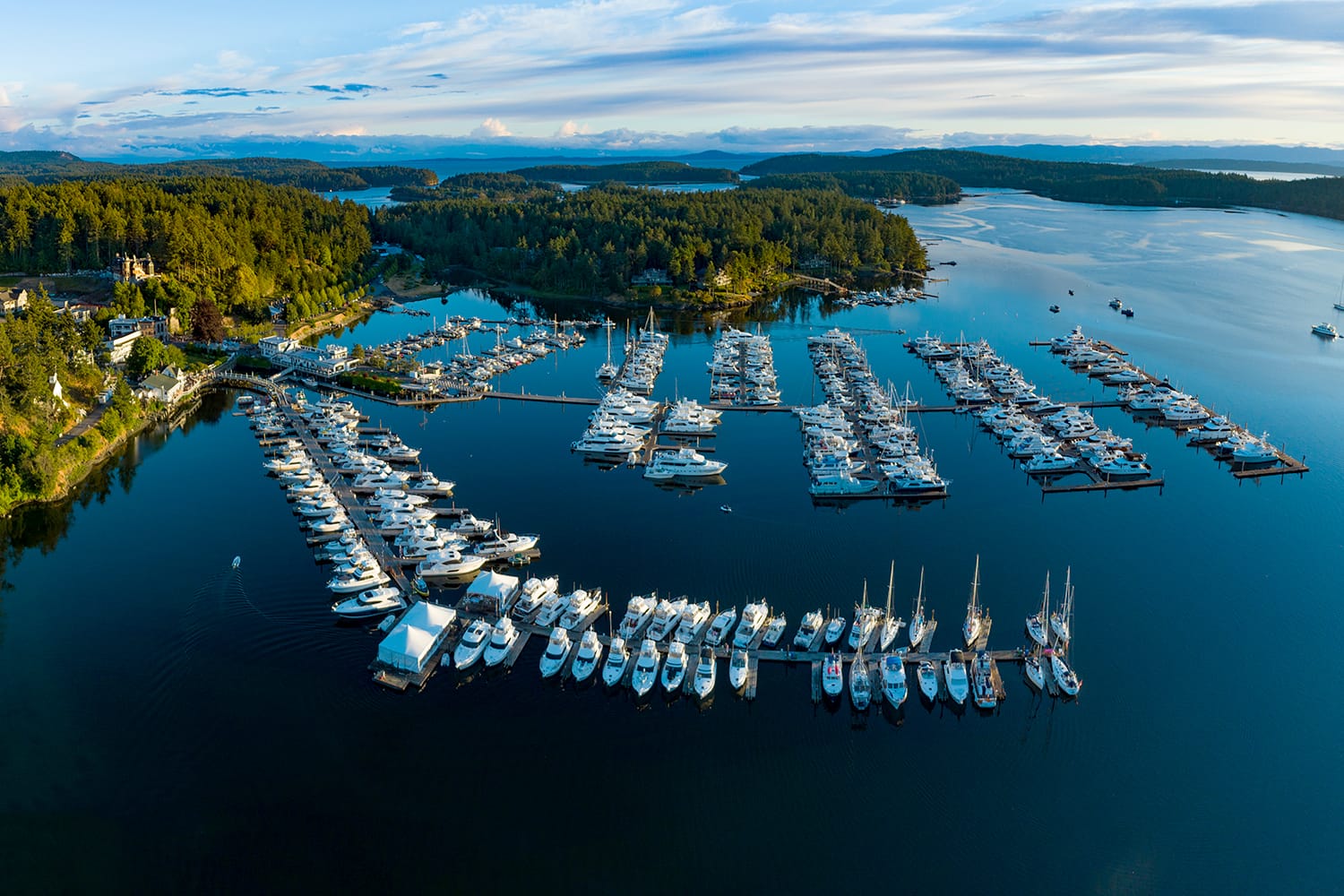
7. San Juan Islands, Washington
If your version of the best island for retirement includes cool weather and a hefty dose of peace and quiet, look no further. Situated in the upper Puget Sound in the Pacific Northwest of the United States, the San Juan Islands are the visible portion of a partially submerged mountain chain. The resulting archipelago comprises hundreds of islands and rock structures. These verdant, hilly isles are home to pebbly beaches that often feature more driftwood than visitors, but their tranquil beauty is a huge draw for retirees seeking the quiet island life.
Most of the population lives on Orcas Island and San Juan Island, the two largest in the archipelago. Both islands have ferry service and medical care, but many residents go to the mainland for major procedures.
Friday Harbor, the seat of San Juan County, is located on San Juan Island and serves as the cultural hub of the area, complete with museums, galleries, restaurants, a vineyard, and a farmers’ market. The cost of living is higher than average, but there are some tradeoffs, such as low crime rates and Washington’s status as a relatively tax-friendly state for retirees.
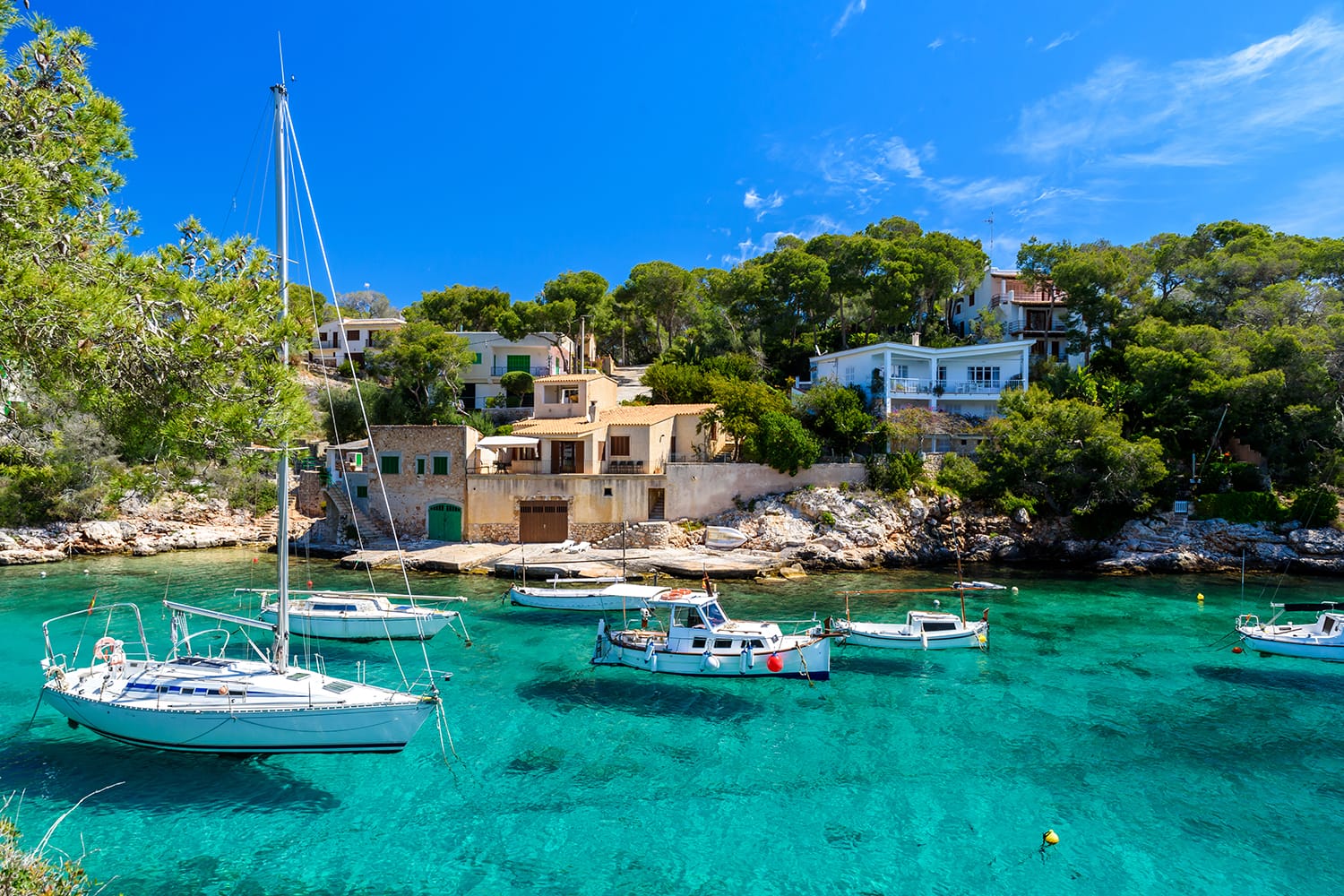
8. Mallorca, Spain
Located in the Mediterranean Sea some 100 miles off the coast of Barcelona is Mallorca, the largest of Spain’s Balearic Islands. Retirees here can enjoy a social, active lifestyle filled with mountain hiking, cycling, sailing, swimming, and diving.
A non-lucrative residence visa (occasionally called a retirement visa) enables foreigners to live in Spain long-term, provided they meet certain requirements. The visa holders must live in Spain for at least six months out of the year, they cannot accept paid work, and they must have private health insurance in addition to a minimum monthly income determined by the government. The visa must be renewed annually, but expats who have lived in Spain for five years become eligible for a permanent residence permit.
Benefits of living in Mallorca include excellent health care, easy flights from Palma de Mallorca Airport, and a tax treaty with the US that prevents double taxation on income. Retirees who can speak Spanish will have an obvious advantage when settling into the Mallorca life, but it should be noted that the island has a second official language—Catalán.
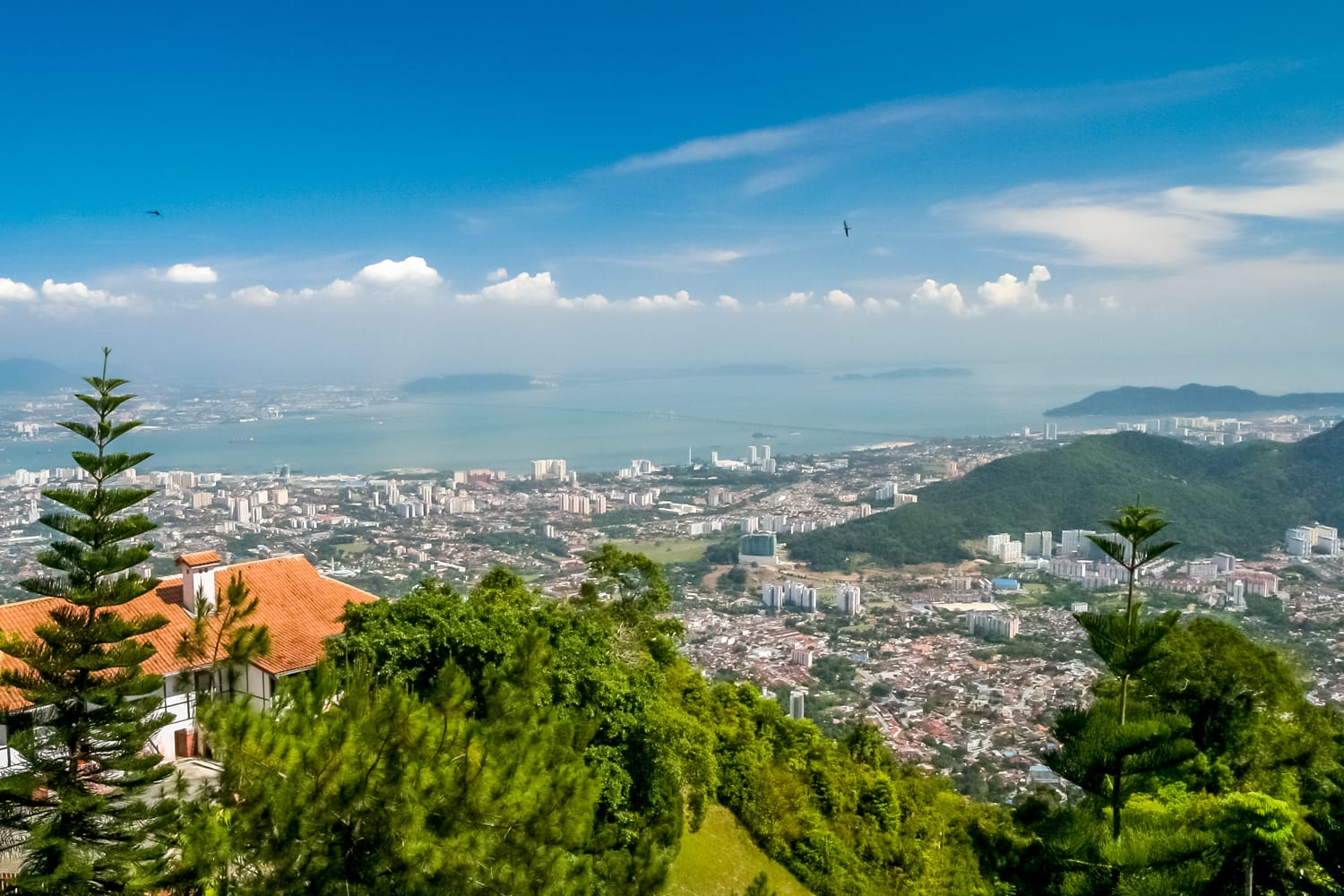
9. Penang, Malaysia
Penang is an island situated in the Strait of Malacca, just off the northwest coast of Malaysia. This geographically and culturally diverse island has been luring retirees in droves thanks to its tropical climate and affordable lifestyle.
The Malaysia My Second Home Programme is a government initiative developed to attract foreigners who are interested in long-term residence in Malaysia. Applicants who fulfill the necessary criteria are granted a 10-year renewable Social Visit Pass with a Multiple-Entry Visa. Requirements include proof of financial stability and private medical insurance.
Malaysia does not tax income earned abroad, so Social Security and pension income are tax-free. The cost of living is low compared to average costs in the US, so retirees may be able to secure luxurious, beach-view housing for a comfortable price. Health care in Penang is considered good for the area, and the island is becoming a hub for medical tourism. Malaysia is a former British colony, so use of the English language is widespread.
The island has an international airport, but most travel will require connecting flights. Communities with a dense expat population don’t typically see high crime rates, but beware of theft in tourist-heavy areas.
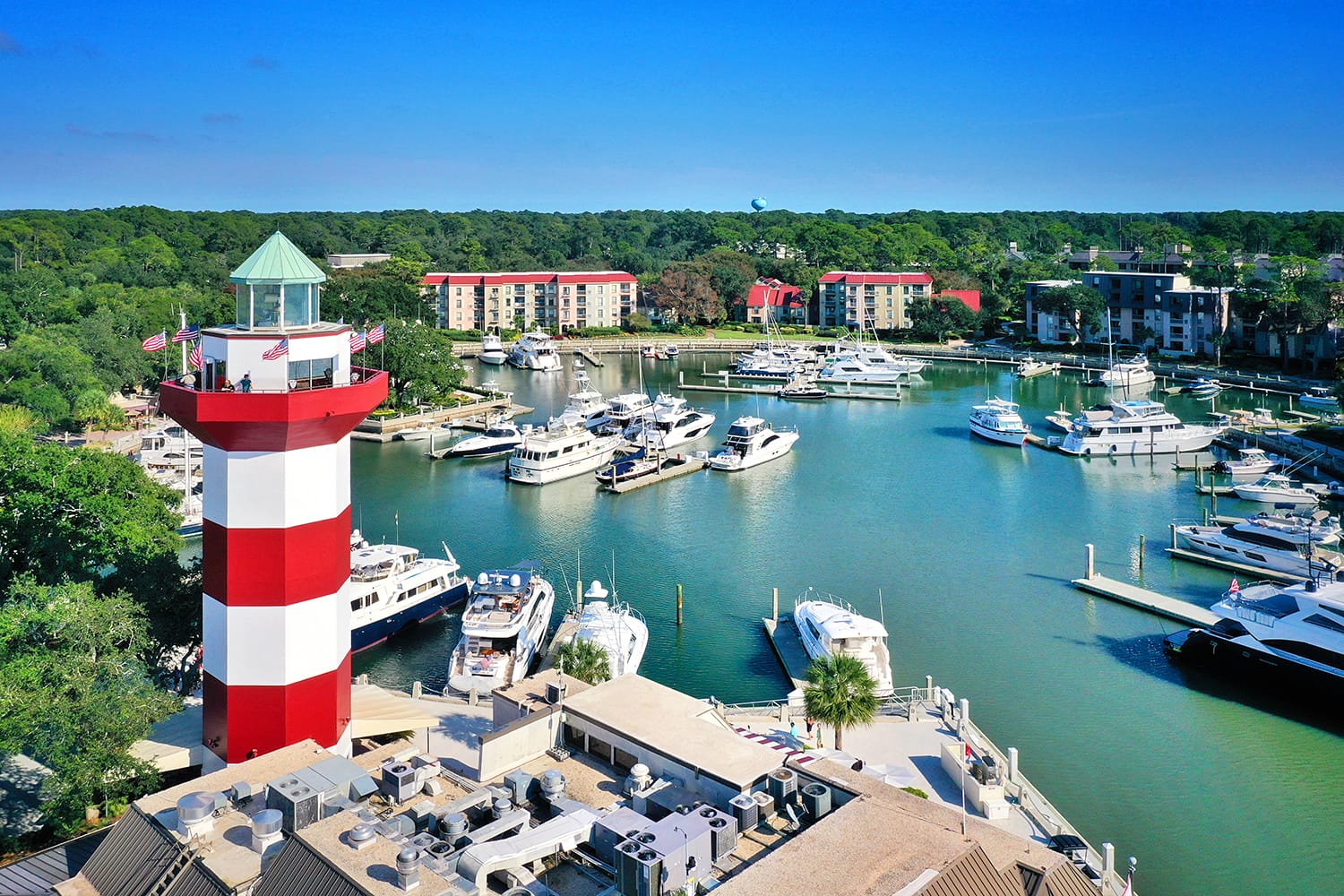
10. Hilton Head Island, South Carolina
This island off the coast of South Carolina’s Lowcountry has become a haven for retirees, so there’s a built-in community waiting for you should you decide to settle here.
Hilton Head Island boasts many amenities that appeal to retirees, such as multiple public beach access points, a plethora of golf courses, an airport, walking and biking trails, and several parks and nature preserves. The coastal climate makes outdoor pursuits possible year-round, though the weather can be hot and muggy in the summer months.
The cost of living in Hilton Head is above average and real estate is pricey, but South Carolina is a tax-friendly state for retirees. Social Security benefits are tax-exempt, with further income tax exemptions available for those 65 and older. Property tax rates on Hilton Head Island are relatively low, and several homestead exemptions may reduce one’s tax bill even more. There is a hospital (and several clinics) on the island, but a short trip to the mainland may be required for major procedures.
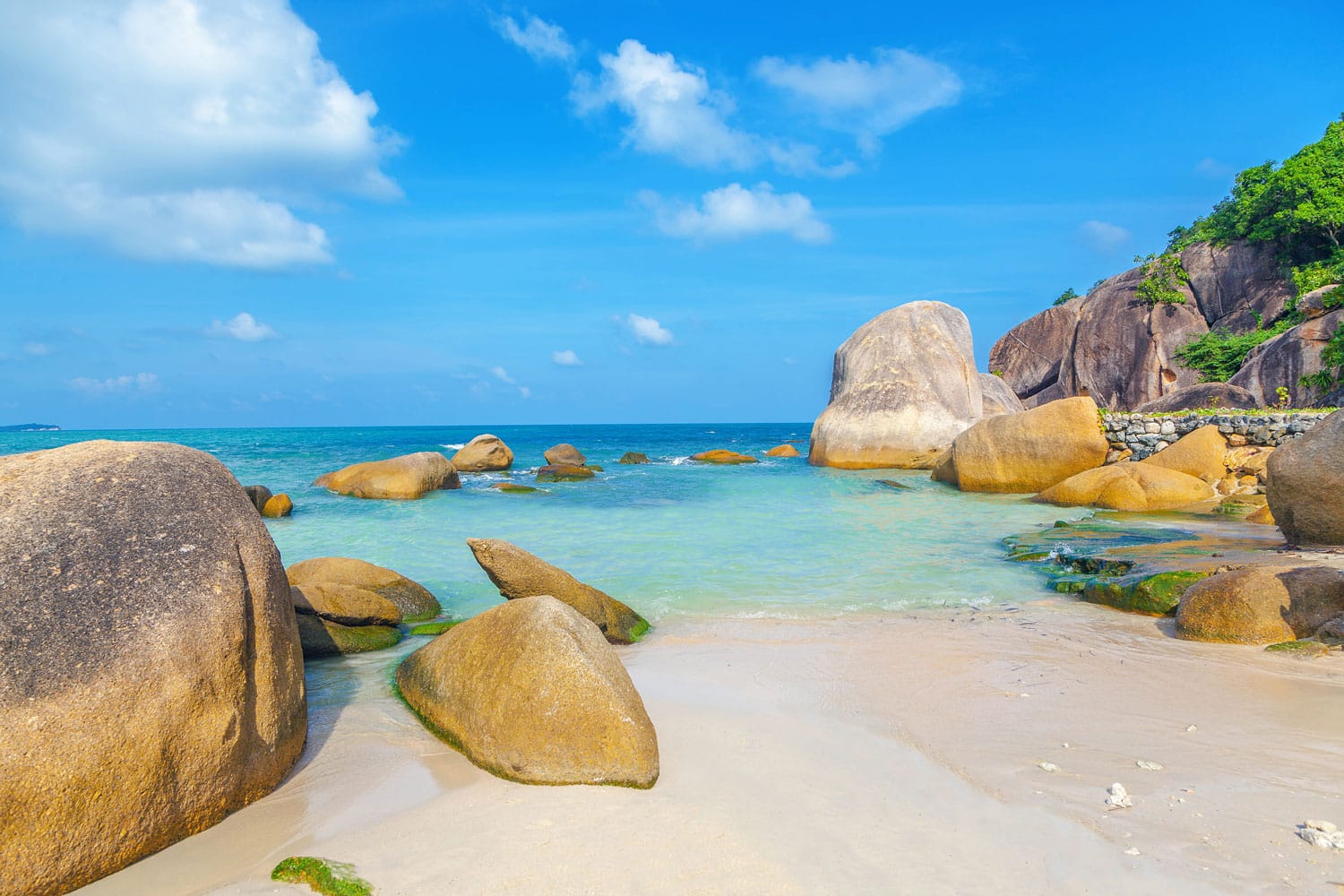
11. Ko Samui, Thailand
Thailand’s second-largest island after Phuket, Ko Samui sits just off the country’s east coast in the Gulf of Thailand. Historically home to fishermen, the island remained isolated from the mainland until the late 20th century; in fact, there were no roads here until the 1970s. Today, Ko Samui welcomes tourists and retirees who are drawn to the island’s pristine beaches, mountainous jungles, and low cost of living.
Retirement visas are available in Thailand for foreigners 50 years of age and older. The visa must be renewed annually, and applicants are not permitted to work in Thailand during their stay. Proof of financial stability is required through either a monthly pension (or other income outside of Thailand) or a Thai savings account maintaining a minimum balance determined by the government.
There are a number of hospitals and clinics on the island, both public and private, and many doctors speak English. Crime rates are lower than in some parts of Thailand, but touristy areas are known to have a denser population of hustlers and pickpockets. Another consideration for anyone wishing to retire to an island in Southeast Asia is the region’s long monsoon season.
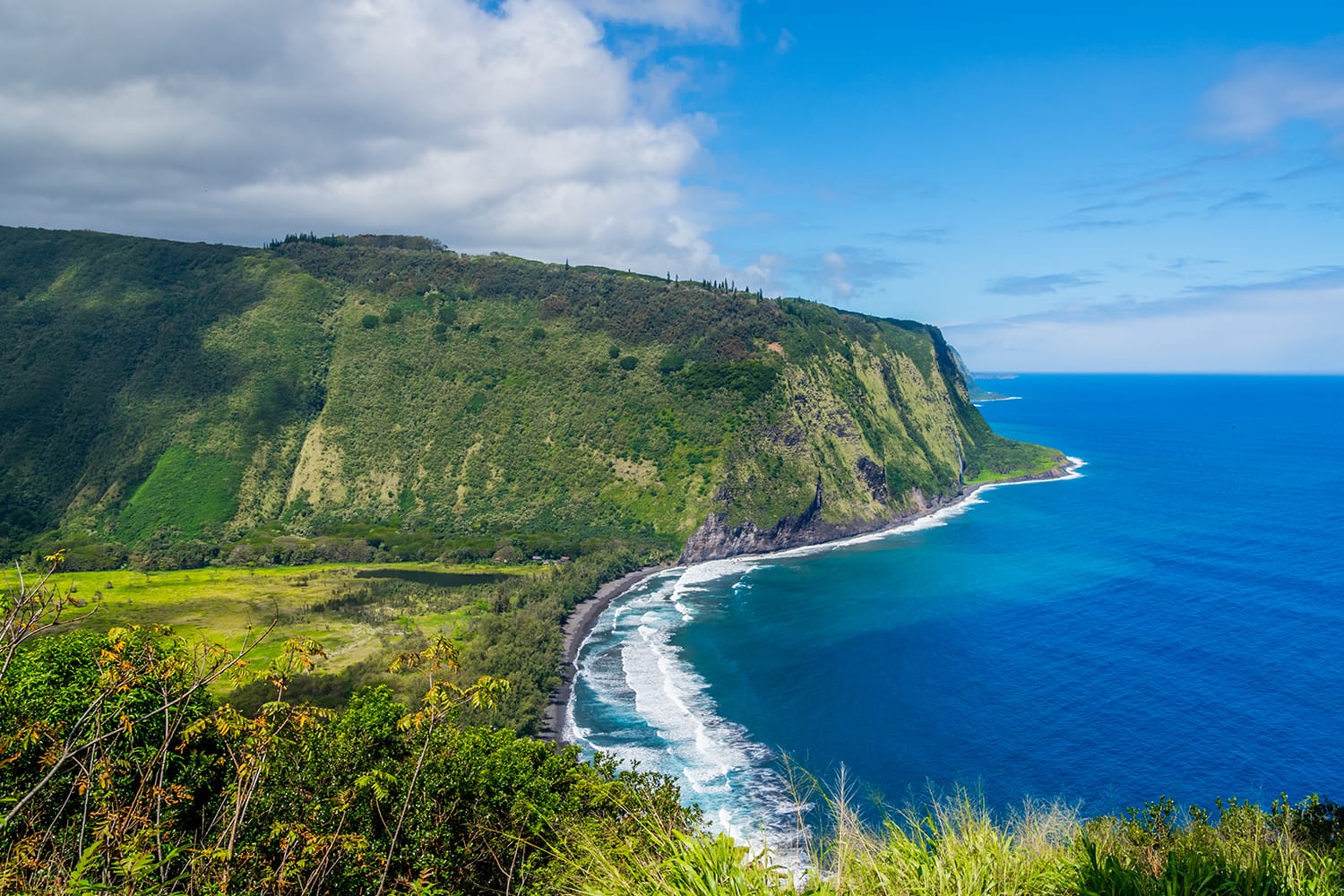
12. Big Island, Hawaii
One of the best places to retire in Hawaii is the Big Island, whose official name is Hawaii. This volcanic island is the largest in the archipelago and thus has the biggest variety of climate zones and topography in the state.
The cost of living in Hawaii is high compared to most states, but there are several cities on the Big Island that have a lower cost of living than the average in the state of Hawaii. Hilo, a town on the island’s east coast, is a relatively affordable option and a great one for fans of lush forests, waterfalls, and frequent rain. On the drier west coast are towns like Kailua-Kona known for their resorts, beaches, and golf courses.
Hawaiian retirement has a few tax incentives, such as a lack of sales tax and no tax on Social Security benefits. People with frequent medical issues, however, should thoroughly investigate the health care options on the Big Island before making a commitment, since Hawaii has been known to experience a general shortage of doctors and specialists.
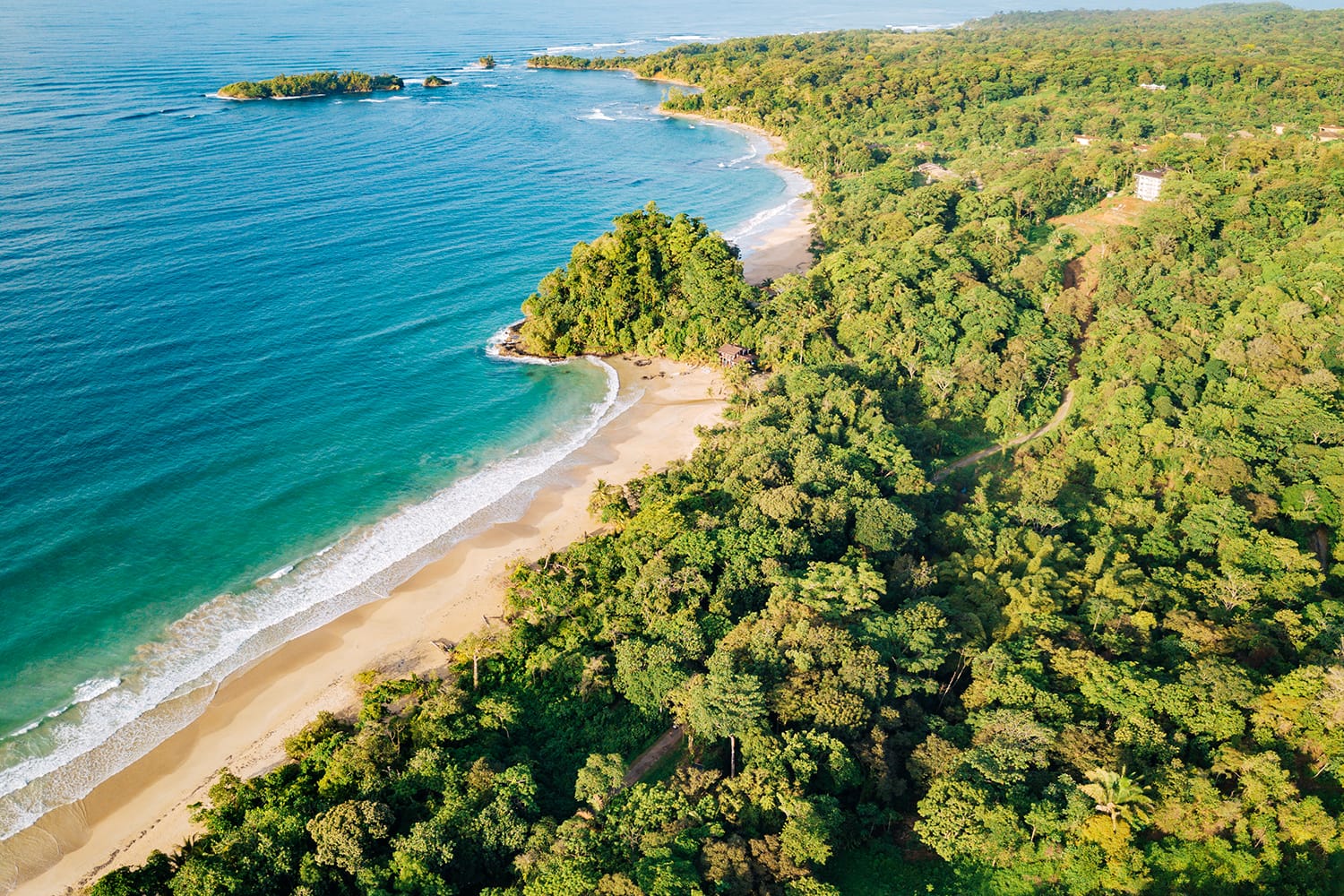
13. Isla Colón, Panama
If you yearn for a tropical locale but are hesitant to move anywhere with a hurricane risk, Isla Colón is one of the best islands to retire in the Caribbean. Isla Colón is the northernmost island of the Bocas del Toro Archipelago, situated off the northeastern coast of Panama. All of Panama lies outside of the hurricane belt, so there’s little chance of major storm damage.
Acquiring residency in Panama as a retiree is not only easy but also comes with added benefits. The Panama Pensionado Visa’s main requirement is proof of a minimum pension income. Once applicants are approved and receive their visa, they become eligible for discounts on utility bills, plane tickets and other transportation, certain medical services, hotel stays, entry to movie theaters and sporting events, and more.
Much of the land available for purchase in Bocas del Toro is untitled or advertised as “Right of Possession.” In order to mitigate the risks that accompany purchasing this type of land, many expats choose to rent instead, especially as the cost of living on Isla Colón is low.
Life among Isla Colón’s rainforests will appeal to outdoorsy folks, but it should be noted that the climate brings frequent, heavy rain, and the island’s isolated nature means that access to health care and shopping is limited.
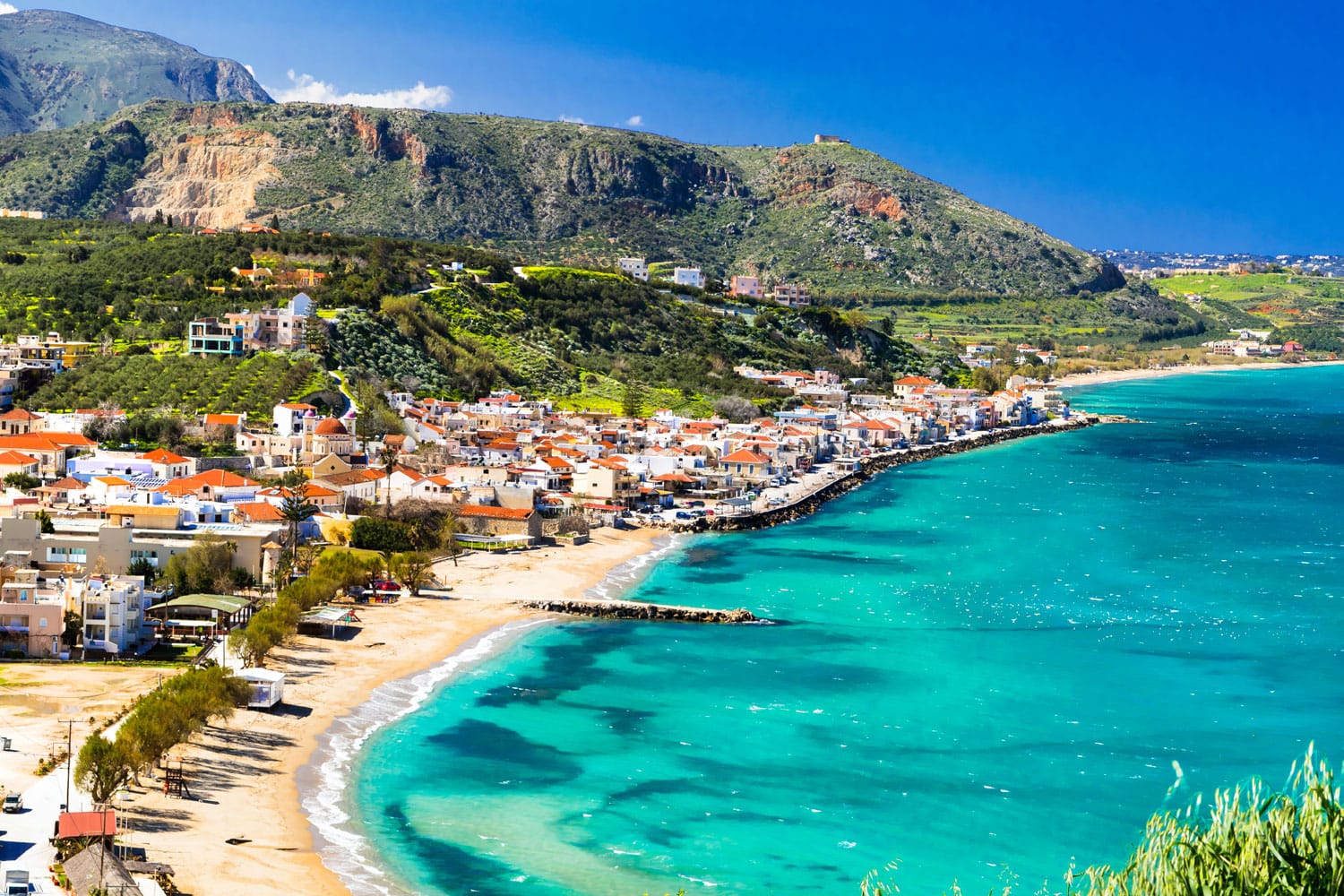
14. Crete, Greece
A Mediterranean retirement on a budget is possible on Crete, Greece’s largest and most populous island. The low cost of living can accommodate a sleek, modern home in a major city like Heraklion, but many expats choose to fix up older homes in smaller villages with idyllic views and close-knit communities.
Foreigners who wish to acquire a residence permit must first obtain a three-month entry visa, since they must be living in Greece at the time of application. Requirements for the residence permit include proof of medical insurance in Greece and a minimum regular income. Another residency option is available through the Greece Golden Visa, a program that grants permanent residency through a minimum investment in the Greek real estate market.
Health care is high quality and affordable, but most hospitals and clinics are clustered around Crete’s larger cities, so retirees with health concerns should take that into account when deciding where to settle. Retirees obviously will benefit from learning the Greek language in the long run, but they shouldn’t despair if they’re rusty when they first relocate—many residents on Crete speak English.
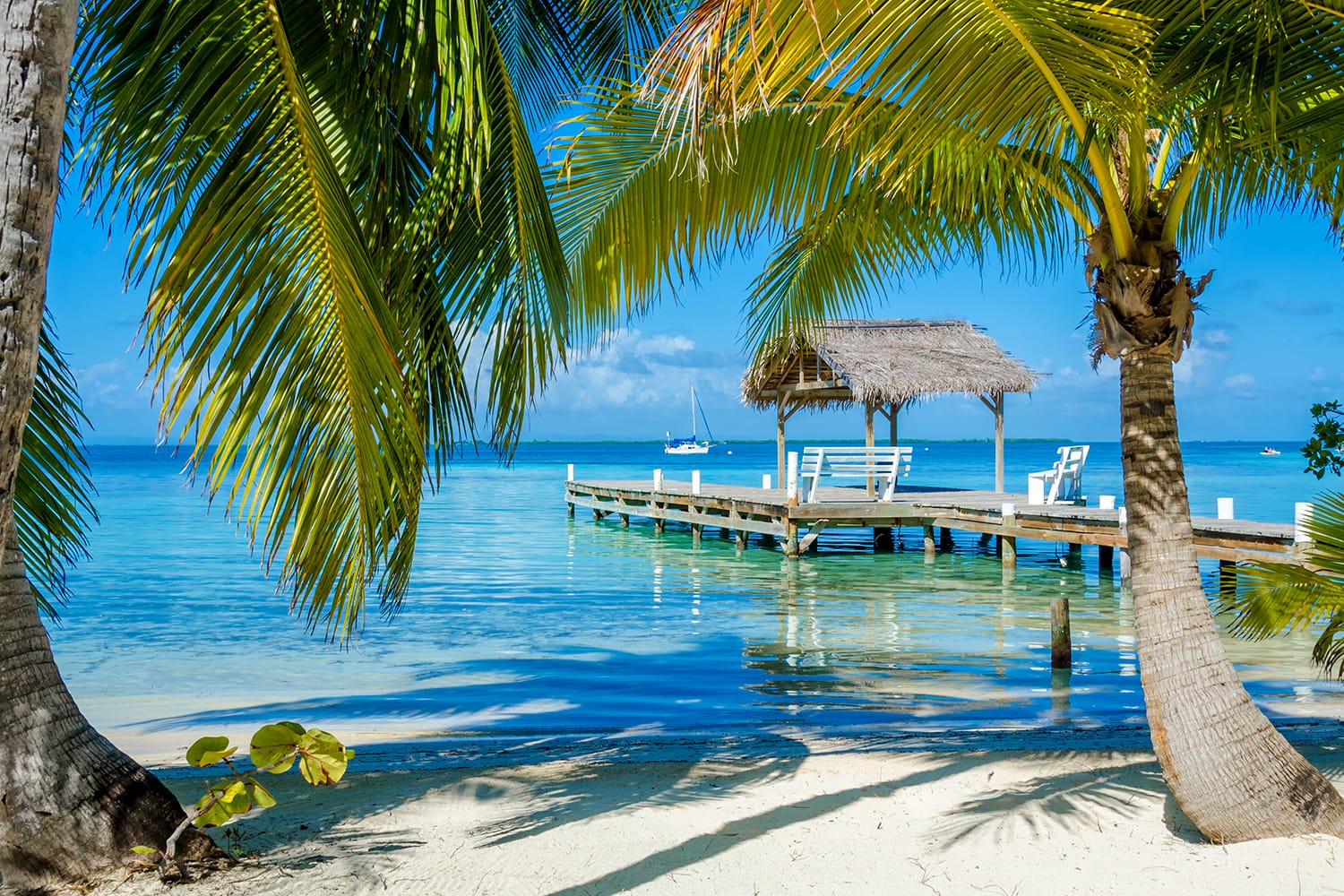
15. Ambergris Caye, Belize
About 10 miles off the coast of Belize sits Ambergris Caye, a Caribbean island known for its white-sand beaches and proximity to the Belize Barrier Reef Reserve System, the largest barrier reef in the northern hemisphere and a snorkeling and diving hot spot.
There are two visa options for foreigners interested in moving to Belize—the Qualified Retired Persons program and Permanent Residency. The program is open to applicants 45 years old and above who fulfill financial self-sufficiency requirements, and Qualified Retired Persons can import personal effects without having to pay import taxes during their first year in Belize. Permanent Residency applicants must be prepared to live in Belize for 50 consecutive weeks during the year of application, but if approved, they can apply for full citizenship after five years.
There are minor clinic services and individual medical practitioners on Ambergris Caye, but any emergencies or major issues will require travel to mainland Belize. The island is becoming a hub of activity, with nightlife, restaurants, and other developments growing rapidly, so the relatively low cost of living will likely rise. Since English is the official language, retirees will have no trouble making fast friends through the island’s social scene.
Your dream retirement destination doesn’t have to remain a dream. It may take a little research, strategic saving, and patience with visa paperwork, but island living is within reach. Now you just have to decide on a beach.



